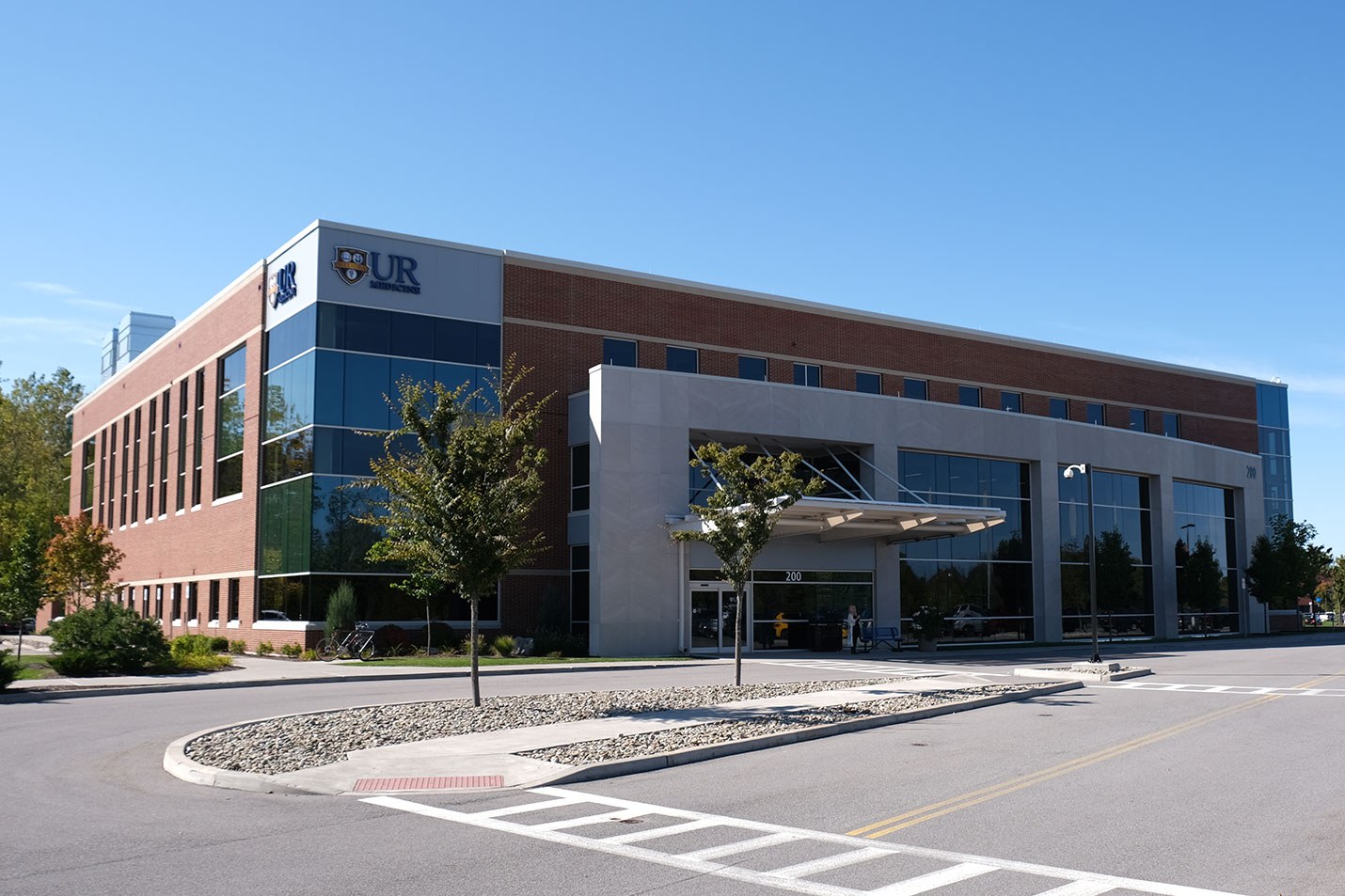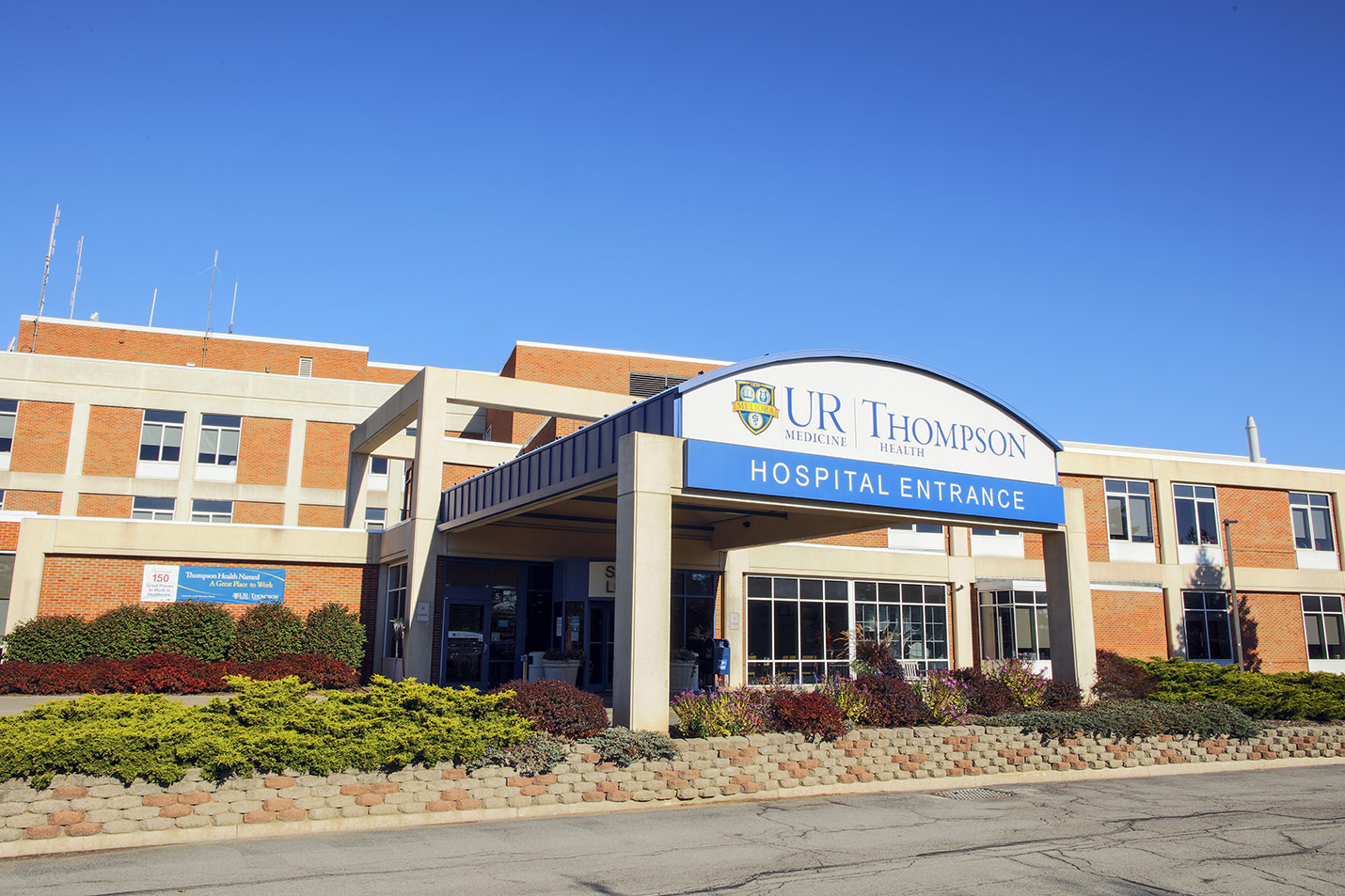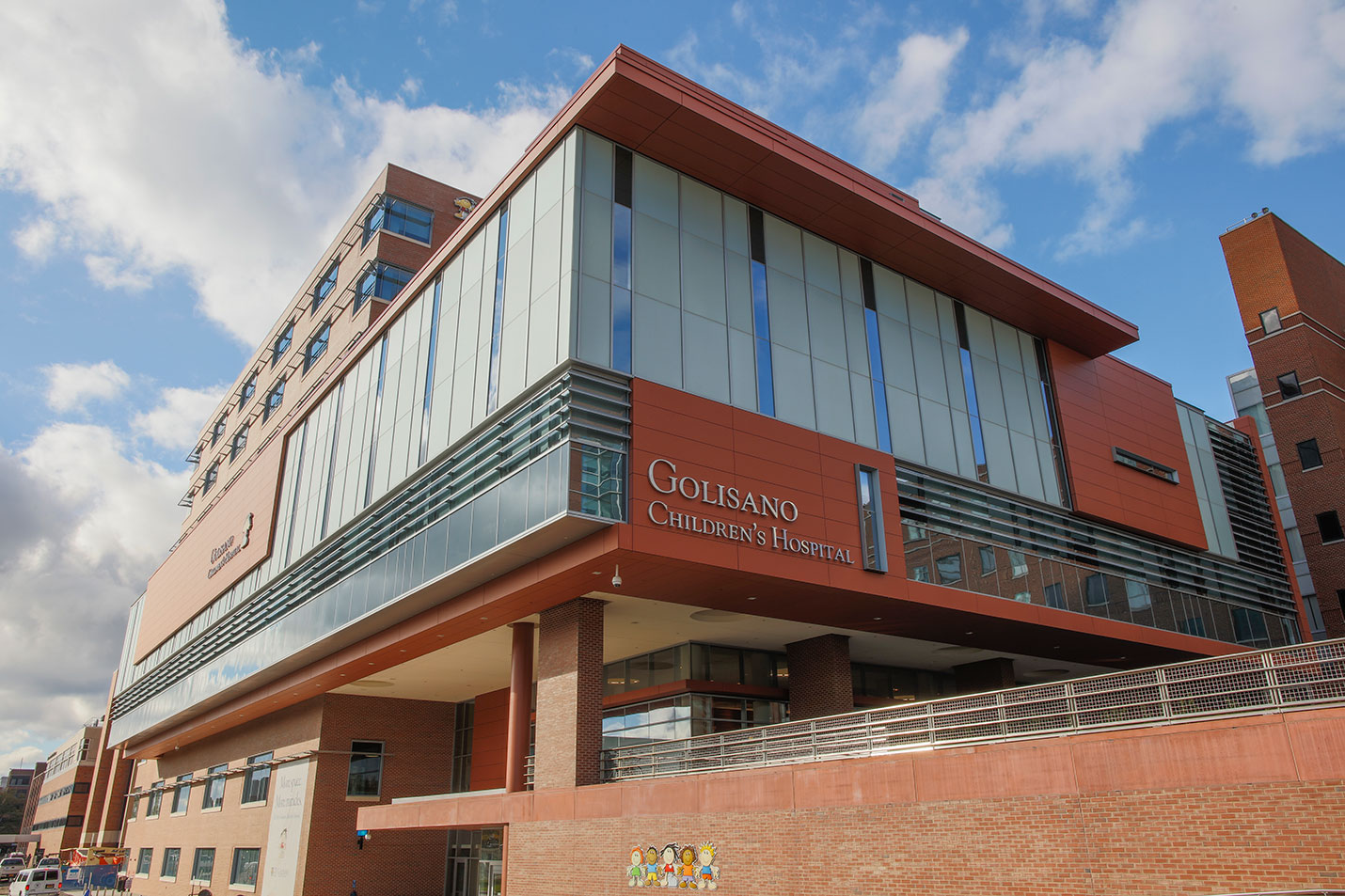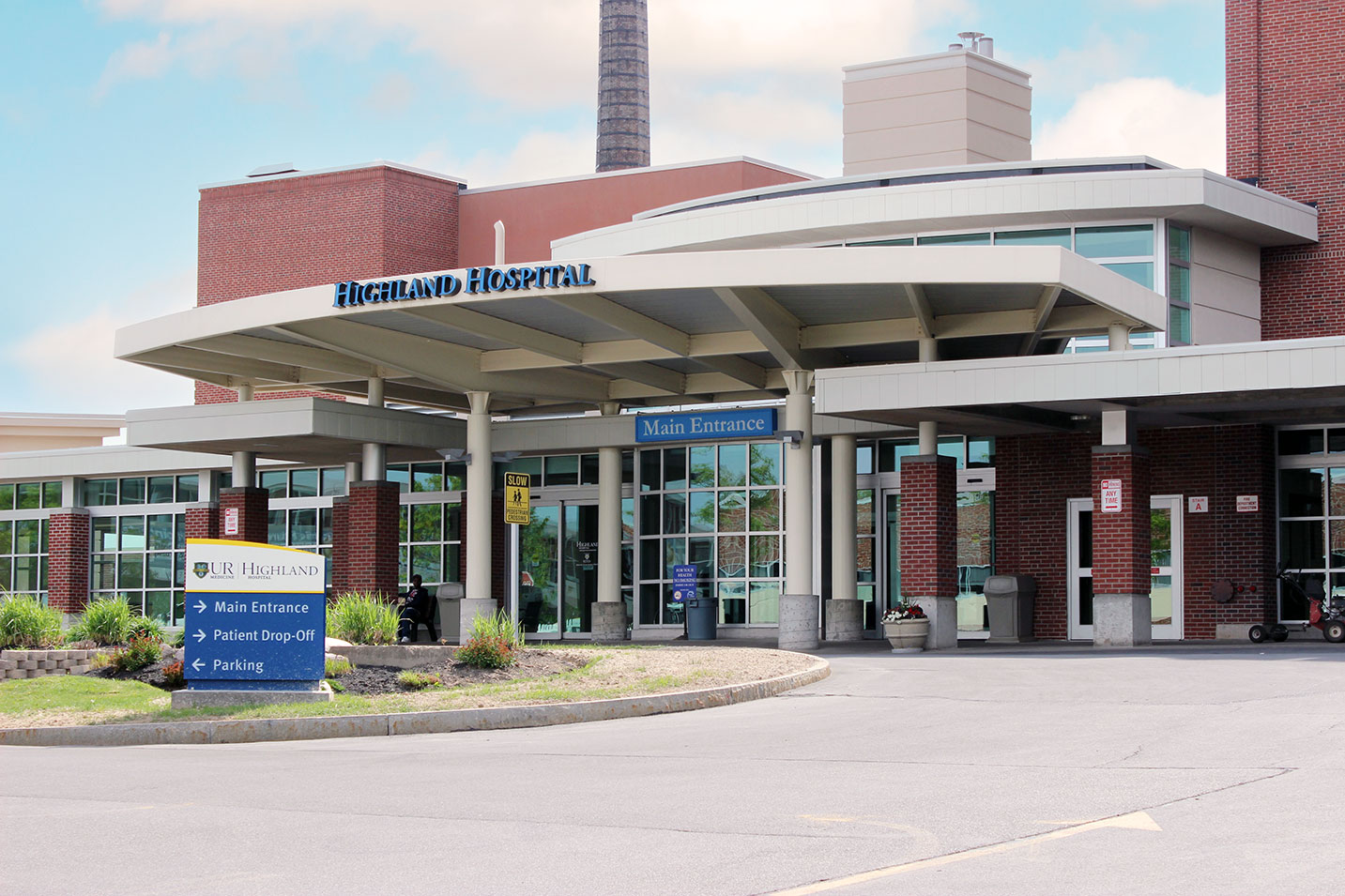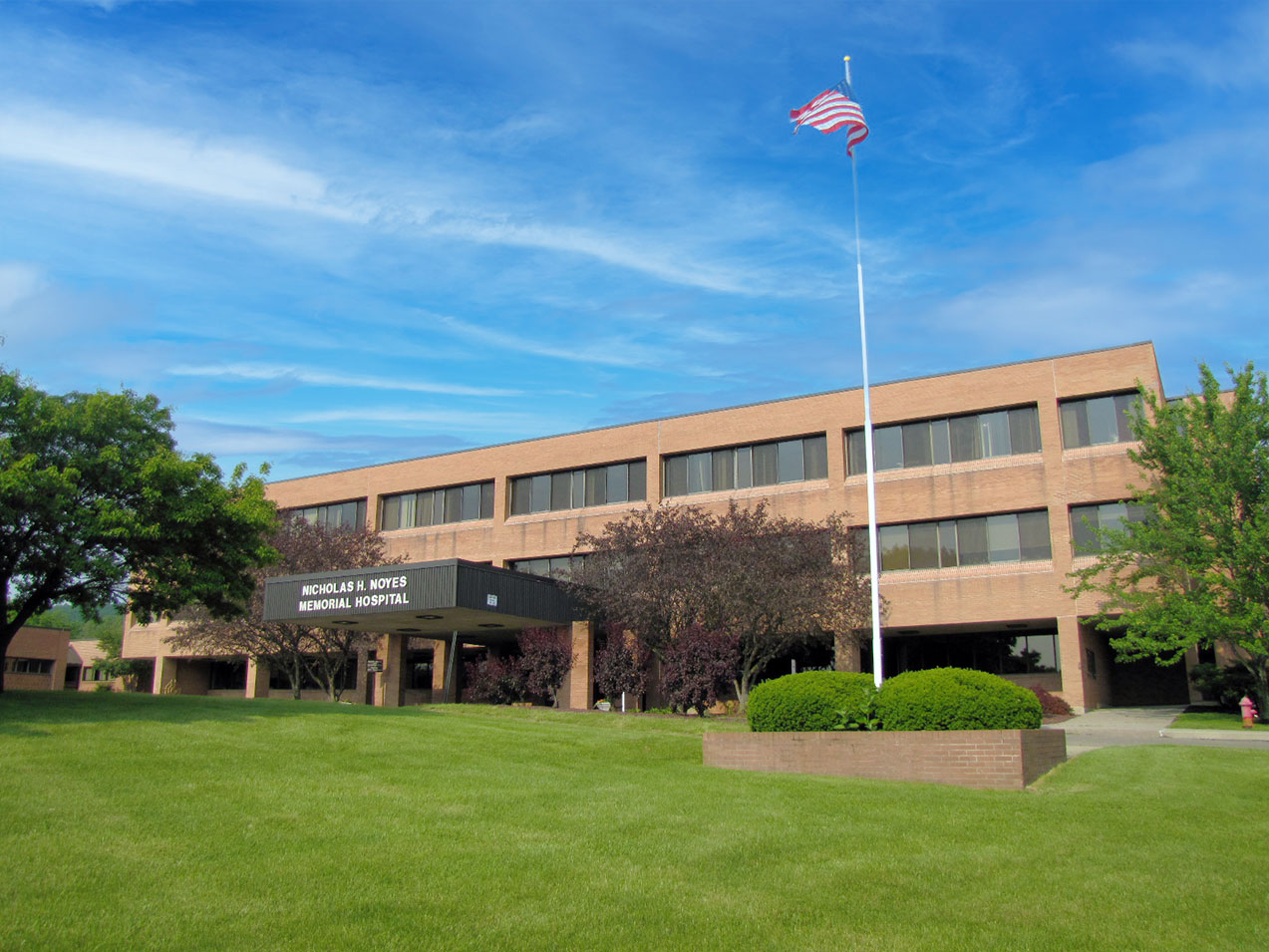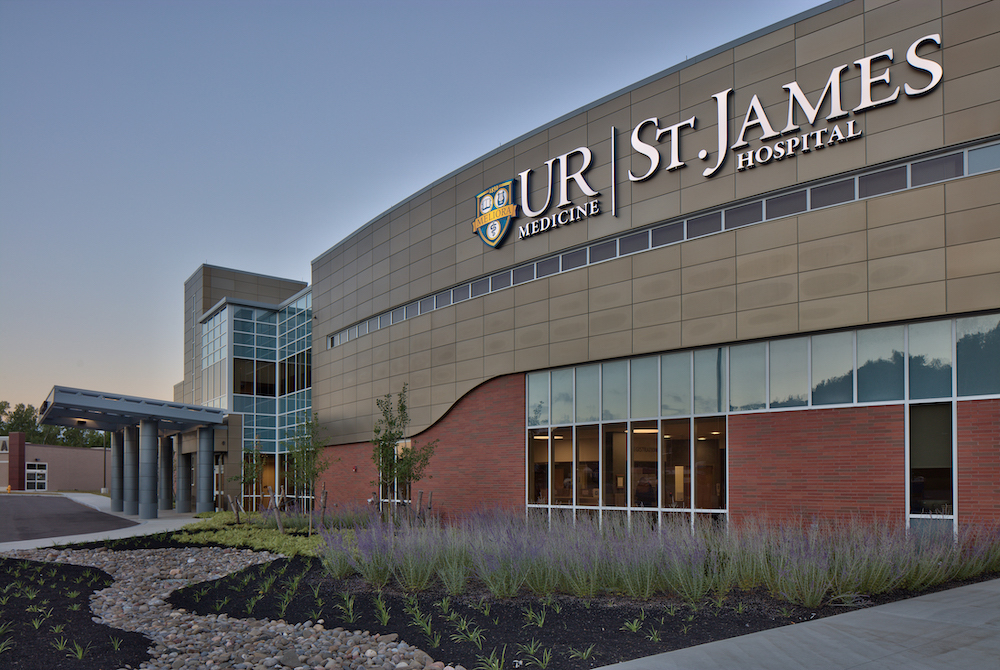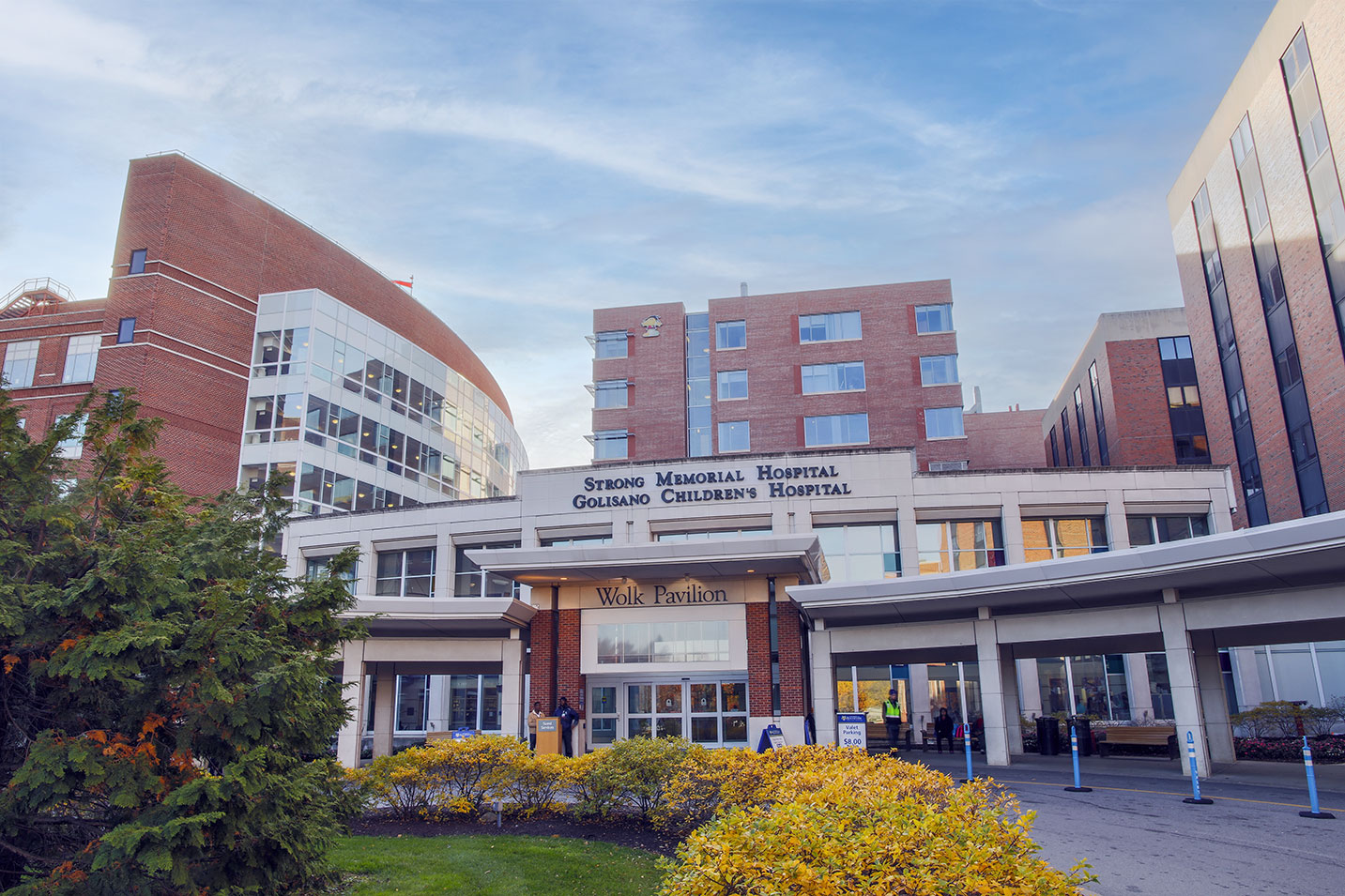Nuclear Medicine
Make Appointments & Get Care
Overview
UR Medicine Nuclear Medicine uses very small amounts of radioactive materials (radiopharmaceuticals) for diagnosis and treatment.
Common examinations and services include:
- Thyroid uptake and scan: This test determines if the thyroid is functioning properly. You will first receive a radiotracer and will then have an exam that includes taking images of the thyroid.
- Bone scans: These detect bone abnormalities by measuring an aspect of bone metabolism. You will receive an injection, experience a 2-3 hour waiting period, then undergo the examination.
- Kidney function tests: To determine if the kidneys are functioning correctly.
- Gastric emptying: This test shows how long it takes for food to leave your stomach. You will eat food containing a radioisotope, which will be detected on a scan. The dosage of radiation from the radioisotope is very small and not harmful.
- HIDA (Hepatobiliary): This study looks at the functioning of the liver, gallbladder, and biliary (bile duct). To ease discomfort, you may receive a morphine injection. If so, you will need to arrange for transportation from your appointment.
- Lung scans: These scans determine if the lungs are functioning correctly. The scan can be a ventilation scan, which looks at the movement of air in the lungs, or it can be a perfusion scan, which looks at the movement of blood in the lungs.
- Tagged red cell scans: These scans look at how red blood cells are traveling through your body.
- PET-CT (Positron emission tomography-computed tomography): Images from both PET and CT scans are used to evaluate organ and tissue function.
Nuclear cardiac imaging is performed and interpreted in collaboration with UR Medicine's Department of Cardiology.
UR Medicine's Approach
Nuclear scans can be done on many different parts of the body. The process will vary depending on your procedure.
Appointment Information
You may receive a call from us to review your medical history to determine that no issues exist preventing you from having a nuclear medicine procedure. If you need to cancel or reschedule your appointment, please provide 24 hours’ notice.
We ask that you call at least three days ahead if you believe you may be pregnant so we can make the appropriate modifications to your treatment plan.
Instructions for the Day of Your Procedure
- Please arrive on time.
- Remove and leave all jewelry and/or metal at home.
- Leave valuables at home.
- Bring your insurance card and photo ID.
- All parents/guardians having an imaging study must be aware that there is no supervision available for children. Please do not have children accompany you to your appointment.
What to Expect After Your Procedure
- You may eat and drink immediately following your scan.
- We advise that you wait three hours before getting very close to children, pregnant women, or pets. This will allow time for the radioactivity to leave your body. (The exceptions are thyroid iodine treatments, which require approximately three days before close contact with children, pregnant women, or pets.)
- Your results will be sent to your referring physician within two business days. Please contact your physician.
- If you have a MyChart account, your results will be posted in 14 days.
What Sets Us Apart?
UR Medicine's Department of Imaging is at the forefront of diagnostic and therapeutic imaging technologies. Radiology is a medical specialty that has become much more than just X-rays, and the name of our department reflects this evolution.
Our faculty are nationally recognized authorities in their respective fields. We have a state-of-the-art, multi-million-dollar PET-CT imaging facility and cyclotron—the only center like it in upstate New York.
We bring together education, research, and clinical expertise within a leading academic health sciences environment. UR Medicine's Department of Imaging is able to provide a variety of radiologic services to meet our patients' needs.
Locations
View All LocationsWe serve you in the Rochester metropolitan area and surrounding region.
View All Locations7 locations
200 East River Road
Rochester, NY 14623
FF Thompson Hospital
350 Parrish Street
Canandaigua, NY 14424
Golisano Children's Hospital
150 Crittenden Boulevard
Rochester, NY 14642
Highland Hospital
1000 South Avenue
Rochester, NY 14620
E. Michael Saunders Medical Imaging at Noyes Memorial Hospital
111 Clara Barton Street
Dansville, NY 14437
St. James Hospital
7329 Seneca Road North
Hornell, NY 14843
Strong Memorial Hospital
601 Elmwood Avenue
Rochester, NY 14642
